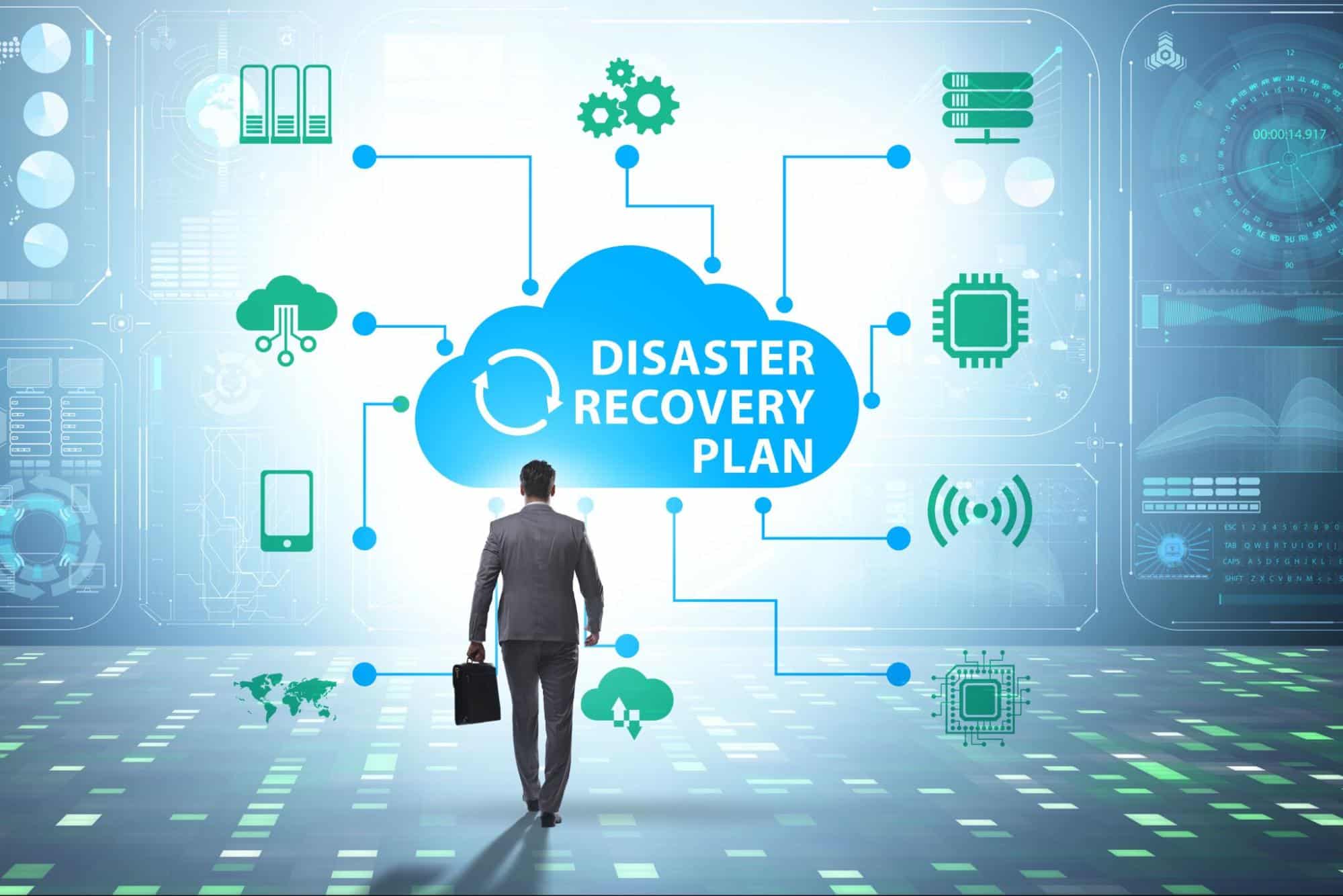Having a robust disaster recovery plan is crucial in today’s uncertain world. The goal is to protect businesses from cyber threats and natural disasters such as fires and floods. With a well-designed disaster recovery plan, your business can recover quickly and continue operating during disruptions.
Why You Require a Disaster Recovery Plan
This makes disaster recovery plans, or DRPs, so important that they help businesses restore their IT infrastructures and recover access to critical data in cases of unforeseen incidents such as cyberattacks, system failures, power outages, and natural disasters. Without a DRP in place, companies risk very high downtime, loss of data, and financial damage. Here’s why having a disaster recovery plan is vital.
Minimized Downtime
A DRP guarantees that the business gets back in operation with speed, thus reducing the impact of caused disruptions.
Protecting Data
It helps save them from being lost or corrupted, thus making the business go on.
Make compliance
In most industries, data protection is a highly regulated activity. A DRP helps achieve this and avoid penalties.
Build Trust
As you show you have a plan, people’s confidence and stakeholders’, clients’, and partners’ trust in you will start to build.
Key Elements of a Disaster Recovery Plan
1. Business Impact Analysis (BIA)
The initial stage in developing a disaster recovery plan is the Business Impact Analysis. A BIA discovers and evaluates the potential effects of disasters on business operations. It can help you understand which business functions are critical and how a disruption could impact them.
- Estimation of the potential financial impacts of a disruption event.
- Identifying regulatory and compliance requirements.
- Impact on customer trust and company reputation.
2. Risk Analysis and Vulnerability Assessment
Performing a risk analysis and vulnerability assessment helps you determine the major threats your business faces and how severely they could hurt.
- We are identifying potential risks such as cyber-attacks, natural disasters, and system failures.
- We are evaluating the likelihood and potential impacts of the identified risks.
- You’ve ranked some risks higher than others based on possible business impact.
3. Data Classification
All data are not created equal. Classify your data so the most critical information will be recoverable first.
- Identification and classification of data according to its significance
- Ensuring the sensitive data compliance regime meets the requirements of the regulators.
- Safeguarding sensitive data, for example, customer data, financial data, and intellectual property.
4. Roles and Responsibilities
Well-defined roles and responsibilities for members of your disaster recovery team are key to a successful response.
- Assign responsibilities for system maintenance and business continuity.
- Appointing members to coordinate recovery
- Establish lines of communication with stakeholders, vendors, and customers.
5. Disaster Recovery Sites
Identify and set up disaster-recovery sites for all essential business activities if your primary location is compromised.
- Cold Sites
- Places where backups of data are kept but not available for use immediately.
- Warm Sites
- Fully equipped data centers that might currently be inactive but could be operational within a few hours.
- Hot Sites
- These are full-fledged data centers where, in real-time, data is being mirrored.
6. Testing of Disaster Recovery
Simulate different disaster scenarios for your disaster recovery plan. Involve all team members to ensure they understand what they are supposed to do. Utilize both tabletop exercises and live simulations.
7. Communication Plan
When managing a crisis, it is essential to create a precise communication plan that outlines the necessary actions.
- Who is responsible for communicating with stakeholders, employees, and customers?
- Communication channels such as email, phone, social media, etc.
- The nature of the information to be shared and the timing.
8. Recovery Time Objective (RTO) and Recovery Point Objective (RPO)
RTO is the maximum tolerable period until business operations are recovered or resumed, and RPO is the maximum data loss your business can afford, expressed in time.
Disaster Recovery Plan Benefits
Lesser recovery costs
Recovery costs related to downtime and data loss are minimized through good preparation.
Reduced Cyber Insurance Premium
A strong DRP can reduce your risk profile and potentially lower insurance premiums.
Compliance and Reduced Penalties
Averted fines and other legal entanglements.
Minimized Business Disruption
Fast recovery lessens the damage done to business operations, thereby helping retain customer trust and revenue.
Disaster Recovery Services with Mindcore
An effective disaster recovery plan includes not only the basics but also innovative strategies to ensure business continuity during a disaster. Constantly updated and tested plans make your company much safer.
Secure your business today. Don’t wait for disaster to strike. Start developing and testing your disaster recovery plan today to safeguard your business against uncertainty. Contact us to find out more about our end-to-end disaster recovery solutions and how they will help you protect your mission-critical business operations.

